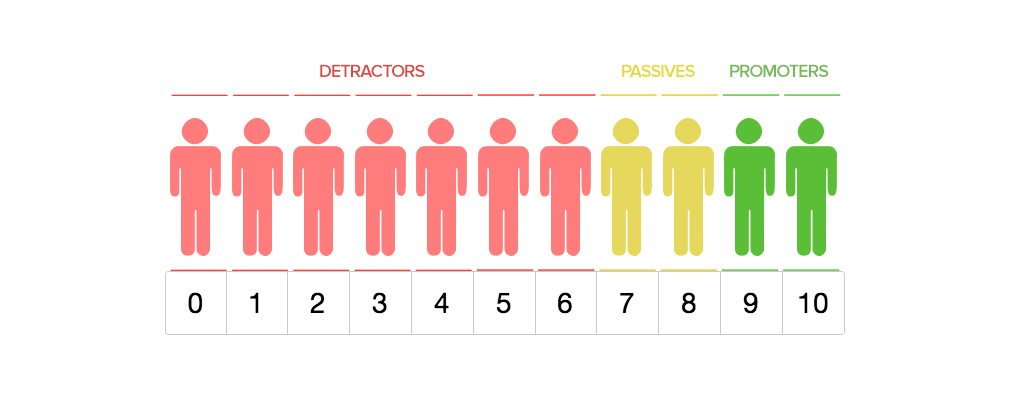
Getting What You Need From NPS
Getting What You Need From NPS
In 2006, Fred Reichheld published The Ultimate Question: Driving Good Profits and True Growth, and Net Promoter Score (NPS) took the business world by storm. Many, many companies, including much of the Fortune 500, use NPS. It was heralded as the only measure that your business needs and CEOs adopted it enmass. So, what is it?
“The Net Promoter Score, or NPS®, is based on the fundamental perspective that every company’s customers can be divided into three categories: Promoters, Passives, and Detractors.
By asking one simple question — How likely is it that you would recommend [company X] to a friend or colleague? — you can track these groups and get a clear measure of your company’s performance through your customers’ eyes. Customers respond on a 0-to-10 point rating scale and are categorized as follows:
- Promoters (score 9-10) are loyal enthusiasts who will keep buying and refer others, fueling growth.
- Passives (score 7-8) are satisfied but unenthusiastic customers who are vulnerable to competitive offerings.
- Detractors (score 0-6) are unhappy customers who can damage your brand and impede growth through negative word-of-mouth.
To calculate your company’s NPS, take the percentage of customers who are Promoters and subtract the percentage who are Detractors.”
Simple, right? Maybe too simple. Since its inception, NPS has been criticized for that very simplicity. Researchers and managers found the metric lacking in correlation to profitability, in differentiating between satisfied and dissatisfied customers, in accuracy, and in predicting loyalty and repurchase behaviors, among others.
But none of those criticisms seems to impact the number of firms relying solely on NPS to evaluate the health of their customer relationship. NPS continues to be widely used because it is well-marketed and easy to understand. However, it doesn’t tell you what to do to improve your score, and even Reichheld himself suggests using an open-ended question to probe why customers are unwilling to recommend your firm to others.
In their 2011 book, The Ultimate Question 2.0, Reichheld and co-author Rob Marsden recommend using NPS as part of a system for driving customer loyalty. As summarized by Marsden, “The Net Promoter System is about driving change through a strategic prioritization and operational focus on customer loyalty – creating more promoters and fewer detractors – by applying the Golden Rule (treating customers as you’d want to be treated) – throughout the organization.”
In short, NPS can be a part of a strong customer satisfaction and loyalty management system, but it should not be used as the only metric of customer loyalty, nor as the only way to approach this issue. To thoroughly understand your customers’ attitudes and behavior you need a measurement system that:
- Gives you feedback at different points in the customer experience (a.k.a., “moments of truth”),
- Uses multiple satisfaction metrics as decision guides for what is being measured,
- Supports an action-oriented, customer-centric culture of continual improvement.
Your customer measurement program must inform your internal systems and operations to keep your organization on track in generating customer satisfaction and loyalty. Without continual improvement and continual measurement, you risk missing key information that can keep you on the right path. A strong customer satisfaction measurement program is a must-have in today’s complex world.
